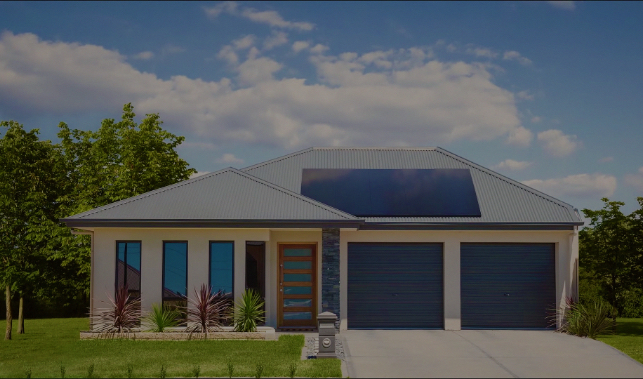Solar Cell Technology
Tesla Powerwall
Home Solar Panels and Residential Solar Systems
Designed by SunPower in California, Maxeon® solar cell technology makes more energy from every drop of sunshine. Factor in our elegant styling and impressive durability, and it’s no wonder we outshine the rest.
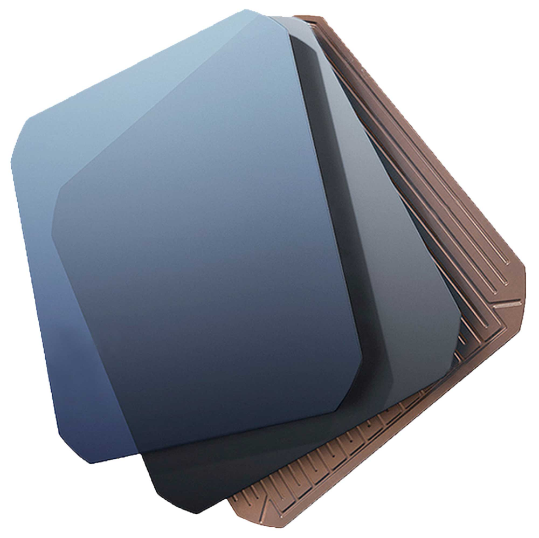

- Solid Copper foundation
adds massive strength.

- Unique light-trapping surface grabs more power.

- Ultra pure silicon delivers
optimal power conversion.
Home Solar Panels and Residential Solar Systems
Compared to a Conventional Panel, a SunPower solar panel produces 60% more energy in the same space over the first 25 years.*
Low bills meet high design.
Compared to a Conventional Panel, a SunPower solar panel produces 60% more energy in the same space over the first 25 years.*
- Anti-reflective coating produces energy and compliments
- Sleek black profile and no grid lines.
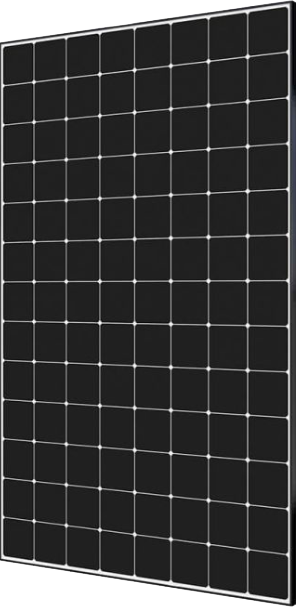
The hardest working systems under the sun.
If you’re going solar, go all the way. SunPower home solar systems are designed to wake up earlier, work harder, and turn off later in the day. So you can make the most of abundant solar energy and the vast savings it brings.

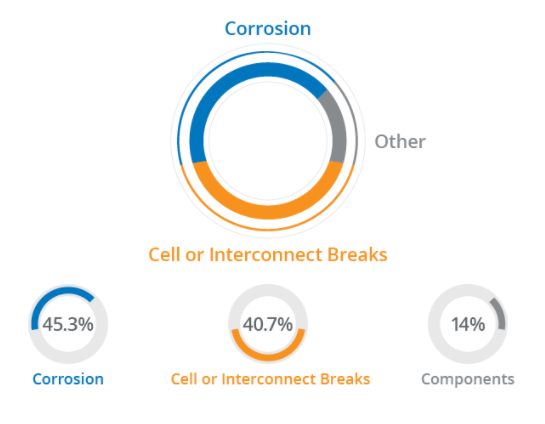
Cell Failures, Virtually Eliminated
Conventional solar cells lose power over time because of corrosion and breakage. But the unique design of SunPower solar cells eliminates 85% of the reasons conventional cells fail. So you’ll enjoy outstanding performance and savings with your commercial or home solar system for decades to come.
What to Look for in Solar Panels
Frequently Asked Questions fdfdfcell
The number of panels you’ll need for your home will depend on several factors. The easiest thing to do is to look at your electricity bill to get your home’s hourly energy usage, multiply that by the peak sunlight hours for your home (3 to 4 hours on average), and divide by 300, which is an average wattage for solar panels (although they can range from 150 to 370).
Hourly energy usage x peak sunlight hours / 300 = number of panels. This typically ranges from 17-42 panels.
One simple way of answering “How many solar panels do I need” is to let a local solar installer check out your home and give you a quote for system size (including number and wattage of panels), cost, and estimated annual and lifetime savings. Let our Solar Advisors match you with the perfect SunPower installer in your area. Read more about determining number of panels on our blog.
There are several types of solar technology, but almost all home solar panels use crystalline silicon (monocrystalline or polycrystalline). The main difference is the purity of the silicon.
Monocrystalline silicon is made from a single-crystal, and polycrystalline silicon is made by melting silicon fragments together. In monocrystalline panels, there are fewer impurities, so the electrons are less likely to get blocked before leaving as electricity, thus these panels are “more efficient” or better at turning sunlight into electricity.
SunPower produces the highest efficiency monocrystalline solar panels available. Our X22 has a record-breaking efficiency of up to 22.8 percent, making it the best performing panel on the market today. Polycrystalline panel efficiency typically ranges from 15 to 17 percent.
Read more about types of solar panels on our blog.
More power in less space. A high efficiency rating ensures your solar system will generate more electricity with fewer panels on your roof. Fewer panels with more power are great for smaller roofs as well as maintaining curb appeal on larger roofs. Plus, with fewer high efficient panels, you’ll have room to expand your solar system if you get an electric vehicle or add on to your home. Right now, SunPower makes solar panels with more than 22 percent efficiency, the highest efficiency available today.
Using fewer materials per watt is also great for sustaining our planet. In fact, it’s a double benefit, because less energy is required to construct the system, and more solar energy is generated at a faster rate.
Read more about solar panel efficiency on our blog.
In short, yes. Your roof isn’t a very hospitable place, so conventional solar cells lose power over time because of corrosion and breakage. To save cost, these solar panels are commonly built with less durable design and materials. Our patented Maxeon® solar cells use a metal foundation to support the silicon and redundant connections, making them almost impervious to corrosion and breakage.
Plus, comprehensive third-party studies rate SunPower panels #1 in durability and are proven to degrade more slowly than conventional solar. That’s why we offer the industry’s best warranty and predict our panels will have a lifespan of over 40 years.
Don’t just take out word for it. Our solar cells are used in harsh conditions like on NASA’s solar rover roaming the polar icecap and can withstand salt water on solar powered boats. Plus, they’ve powered the only solar plane that’s flown around the world.
Latest Blog Posts
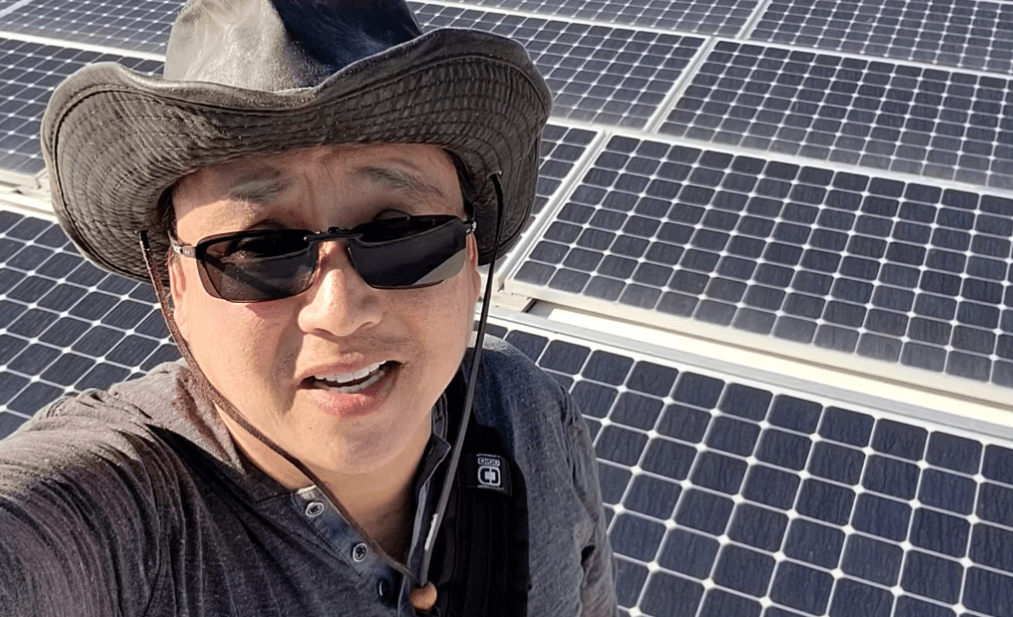
Alameda: Synergy768 Office of the Day
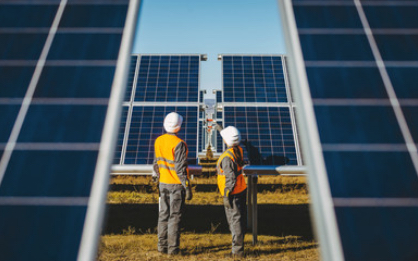
Is the Tesla Powerwall 2 worth it now that it’s optimized for time-of-use rate plans?
The Tesla Powerwall 2 home battery system is an incredible piece of technology. Is it also a smart financial investment? If your local utility offers a “time-of-use” rate plan, the Tesla Powerwall 2 might be a stellar investment — thanks to a Powerwall 2 software update released by Tesla in May 2018. Before we get
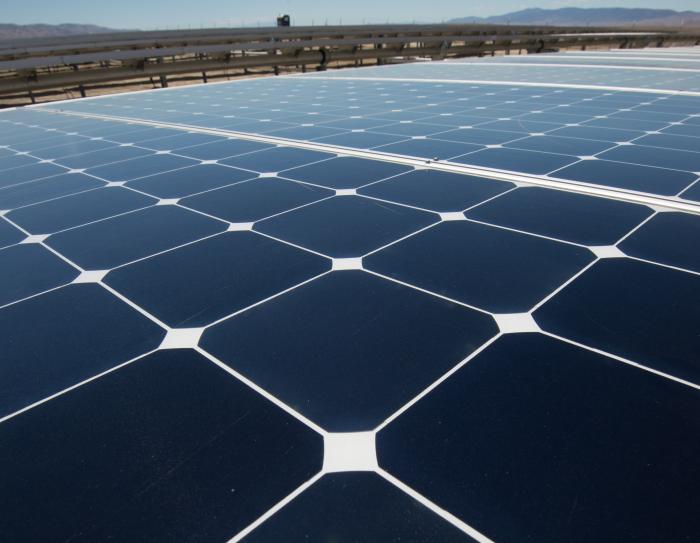
Why Solar Cell Efficiency Matters
Solar Technology Efficiency: More Breakthroughs are Coming When Bell Labs unveiled the world’s first silicon solar cell in 1954, it was estimated that the company’s new invention could turn 6 percent of the sun’s energy into electricity — a concept commonly referred to as efficiency. Fast forward to 1999. After nearly half a century of
Changing the way to power your homes.
Our commitment to quality is unrivaled because we take pride in every panel and battery we install. We’re not trying to be the biggest, that’s why we only offer and install the very best.
When only the best will do, Contact Synergy 768!
 9000 Brentwood Blvd, Ste A, Brentwood, CA 94513
9000 Brentwood Blvd, Ste A, Brentwood, CA 94513 (925) 308-9177
(925) 308-9177 operations@synergy768.com
operations@synergy768.com



